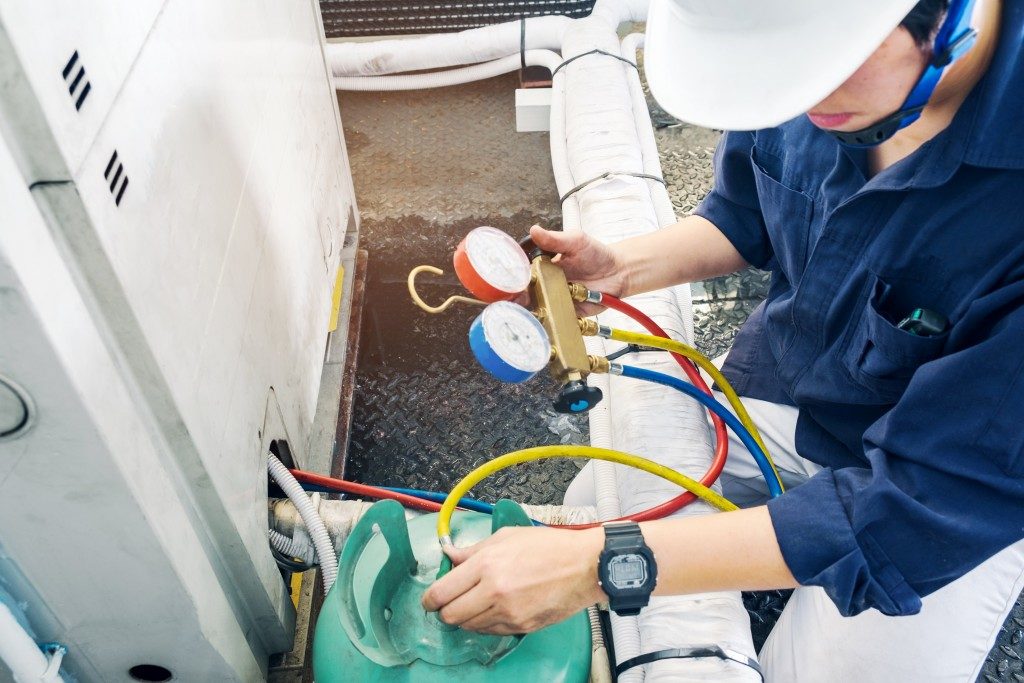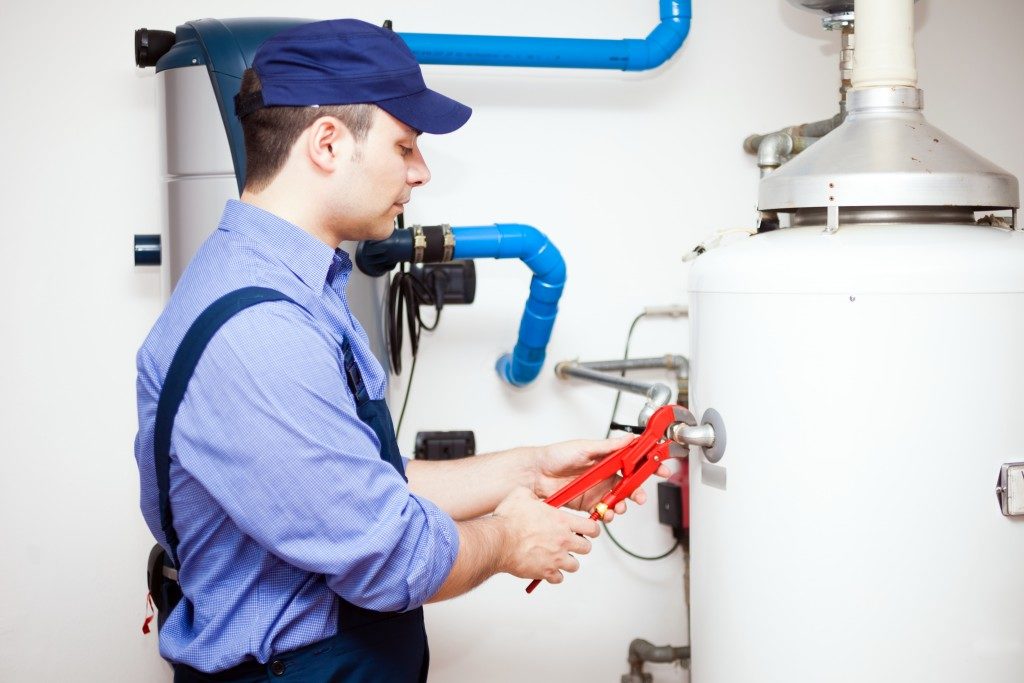Gas water heaters are not closed systems. They feature various devices for the release of the built-up air in them to the exteriors to avert the risk of your tank bursting. Among these solutions are vents and temperature and pressure valves. If there is no ventilation in your gas water heater, then you might have backdrafting. This is the backward flow of air down your pipes rather than up and out of the pipes.
Backdrafting of water heaters puts your property at risk of poisoning from exhaust gases and the tank at danger of exploding. Corrosion at your tank’s top, melted plastic on the draft hood, and heavy condensation on your heater’s supply pipes are among the common indicators of backdrafting.
Any of the following may cause your water heater in Orem to backdraft.
Missing Rain Caps
There should be a rain cap on your vent to prevent rain from passing through the vent into your heater’s tank. The rain cap will also prevent downdrafts in your vent by keeping out wind currents, which would blow exhaust gases back into the vent. If this is missing, you risk rainwater flowing down and carrying the exhaust gases with it, as well as wind currents blowing the gases back into your heater.
Black Pitched Vent Connectors
There is a minimum pitch requirement for the vent connector, sometimes called a flue, towards your vent or chimney. The minimum slope of the flue should be a quarter inch per foot. In general, however, a steep flue pitch will give your exhaust gases a better draft and minimize the risk of backdrafting.
 Vent Connectors Located Across Draft Fans
Vent Connectors Located Across Draft Fans
New furnaces have a draft fan that pulls exhaust gases from the heat exchanger. If this fan is located directly across your water heater’s vent connector, it ends up pushing the heater’s exhaust gases down while pulling the heat from the heat exchanger. In this configuration, backdrafting of your heater becomes inevitable.
The Heater is Not Connected to a Chimney Liner
If your water heater’s vent connector is separately connected to the chimney, the chances are high that the vent will poke the chimney. As a result, the exhaust gases will be deposited in the annular space between you chimney’s metal liner and walls. The heat from your water heater might be too much for this small space and most of the gases will backdraft to the heater.
Obstructed Vents
Without routine maintenance, it is common for vents to get blocked by accumulated debris. Unfortunately, most property owners will not realize this since it is not easy to see inside your vents. The obstruction causes exhaust gases to backdraft rather than flow out.
The best way to avoid backdrafting of your water heater is to get a power-vented heater. This uses electric fans to push the exhaust gases out into the atmosphere continually. Investing in a high-efficiency water heater that converts more than 90% of the fuel supplied to energy also decreases exhaust gases and the risk of backdrafting. Professional installation of your water heater regardless of its type is important to ensure that your system runs smoothly.

